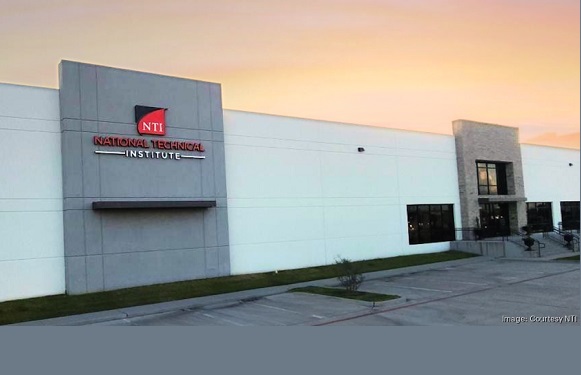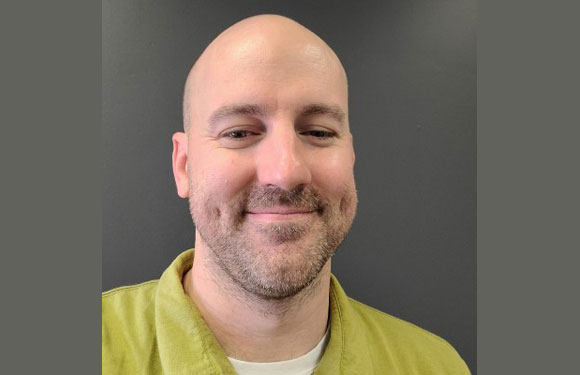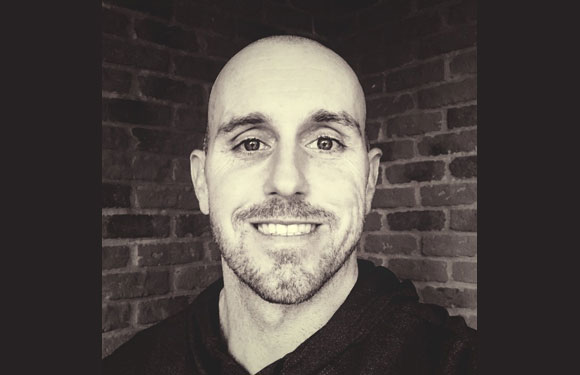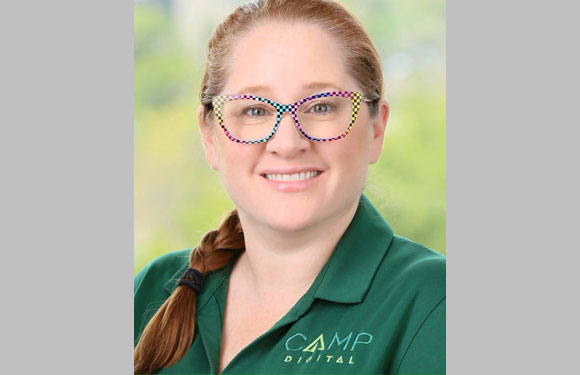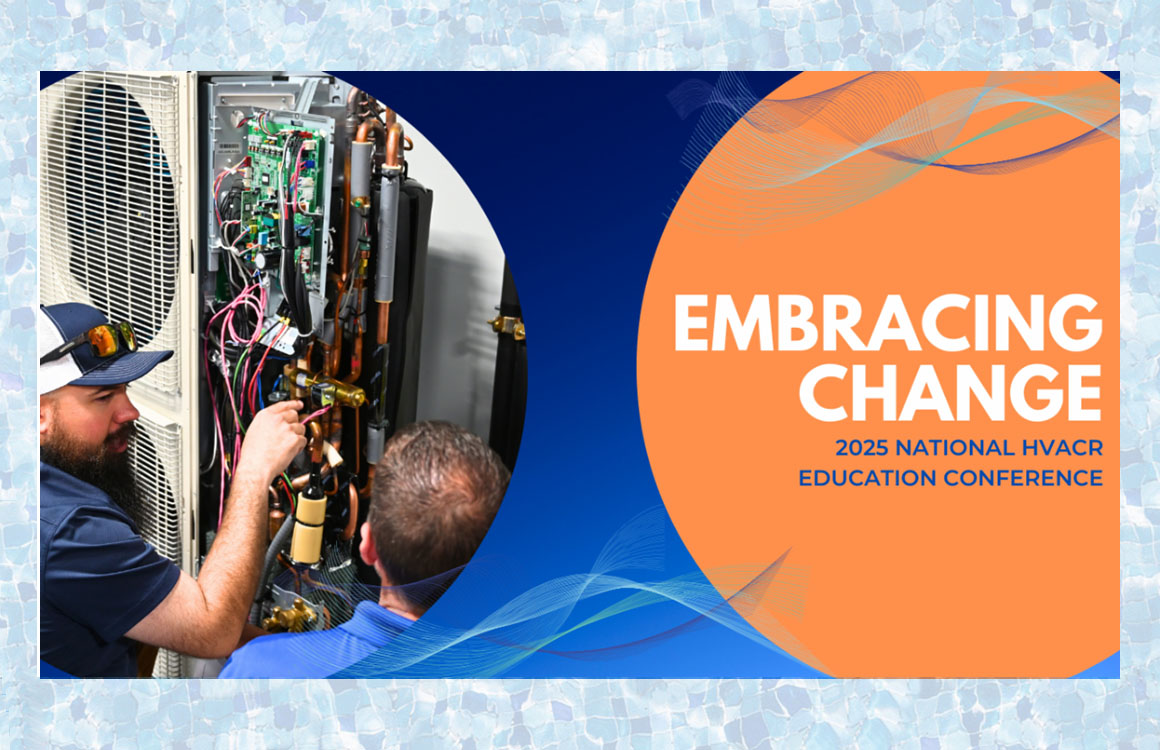
News
Recharge Your Business After a Busy Summer
The busy summer season, especially this year’s extreme heat, is when most HVAC contractors run their teams ragged and make the bulk of their annual revenues. Often businesses bring on extra people to help cover the increased workload, extended hours, and people get very close to burning out.

So how do you recharge your team as the busy season slows down? At Minnicks Inc., early fall is when our schedule loosens up and we have time to prepare for the winter season. We don’t get busy again until January, which is why scheduling vacations for our team is essential. Time off is a big part of recharging people from the summer grind.
But vacations aren’t enough. Fall is the time to get our training, marketing, and planning back on track.
The Power of Training
Each fall, we put together a training schedule. We know where each of our techs are regarding the classes and certifications they are working on. We know what they need to work on, and frequently the techs come to me to let me know if there’s something they want to concentrate on. Of course, if that fits in with what we need them to learn, then we’ll also work that out.
The power of training to rejuvenate the team is fantastic, especially after the go-go-go time of summer.
But that doesn’t just happen. It takes planning. I’m the in-house trainer for our company. I handle all the scheduling and often teach the classes. We cover static pressure testing, electrical diagramming, duct renovation, CO testing, etc. I’ve been through all that training with National Comfort Institute (NCI), and then I use those skills and knowledge to train our team.
We have all the materials needed to help our team understand the why behind all of it first. If they don’t know why we want them to perform static pressure testing and everything else, they won’t do what we want most of the time.
That includes understanding the why behind all our processes and procedures. Then we make sure everyone follows those processes and procedures. Very importantly, we capture everything we do in our operations manual.
Make Training Your Own
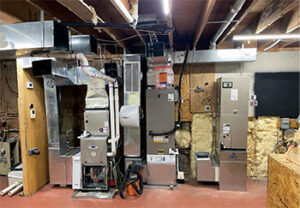
Why do I do this myself? The answer is simple. Our technicians work hard every day starting at 5 AM. In all good conscience, I cannot send them to training sessions in the evening. For example, in the Maryland area where we operate, we have an apprenticeship program for technicians that helps them earn their journeyman license in four years.
Apprenticeship schooling is available through our local ACCA chapters, where techs take classes two nights a week, roughly from 6:00 to 10 pm.
I went to the Maryland State Department of Labor in 2010 to request starting my own apprenticeship program. I had to do all kinds of paperwork, create a syllabus and gather training materials, then submit everything for approval.
They approved it, and now I have my own in-house state-approved apprenticeship training center.
Minnicks Training Center has several rooms – one holds up to 10 people, the other holds 35 to 40 people. A separate room contains all the different equipment, control boards, and everything else necessary for us to do hands-on training.
We also do home performance testing and training; we have a BPI-certified test house, and I am a BPI Proctor with all their certifications to do their training within our company.
I make training our own, and all my employees go through those classes to get certified. Because I am a BPI proctor, we even train other HVAC technicians for BPI certification from up and down the East Coast.
Fall Is a Time to Review and Plan
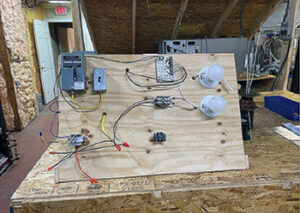
As summer winds down and fall begins, I have a bit more time to sit back and take a hard look at the business. This is when I start figuring out our current strengths and weaknesses, where future revenue streams will come from, and how to ensure we are set up to grab those streams.
I look at our numbers monthly, even during the busy seasons. Knowing our numbers helps me keep my finger on the pulse and see what changes we need to keep our team working and revenue rolling in.
Fall slowdowns allow me to sit down and discuss those numbers in more detail. This is also when we can implement creative new plans or service offerings. Fall is when we test drive anything new.
For instance, this year, I signed up for The New Flat Rate (TNFR) pricing system in May.
We got it all set up and launched it mid-Summer. We did some training through June because TNFR requires you to attend three virtual classes, which was great. After all, we don’t have time to go to Georgia during the summer.
Then we had to get everyone on board and understand what it is, why we are using it, and so on.
During the fall, we will discuss the problems with this new software and work out any bugs. That way, we are up and fully running with it.
This launch was unusual in that we launched during summer. I did this because flat rate pricing makes things simpler for our technicians. Plus, it gives homeowners choices – something I’ve been trying to build with good, better, best scenarios.
Recharging through Remote Monitoring
We offer a standard maintenance agreement at Minnicks, but our main agreement is for remote maintenance monitoring. Remote maintenance is where we install a device on the customer’s HVAC system that monitors it 24/7. This program helps our field service and installation teams recharge because it can run through maintenance routines remotely, saving them road time.
Another advantage of offering these agreements is they reduce fuel costs on our vehicles, especially with today’s high gas prices.
It works like this: we go into our online portal and ask it to run cooling or fall maintenance routines. It will turn customers’ systems on and run through all the maintenance checks just like a tech would do.
The device then lets the homeowner and us know if there are any issues or concerns. Technicians only visit the locations if the monitoring system detects a problem or other big concerns.
Furthermore, remote maintenance monitoring helps us precisely schedule Spring air conditioning tests. Most air conditioning manufacturers don’t want contractors to run the cooling unless it’s 55°F or warmer.
If we do the tests at 55°F, everything will come out fine because there is no load on the compressor. And then, when it turns 70°F or higher, and a problem crops up, the customer gets angry with us because we were just there testing their system.
We can schedule cooling checks for when outdoor temperatures will be 65°F or warmer by remote monitoring. And we can run checks on many different systems at the same time.
This saves a lot of man-hours. That gives our team more manpower for doing High-Performance system testing, measuring, and diagnosing, as well as our building performance work.
Fall is Recharge Time
As the saying goes, you need to go slow to go fast. I don’t like rolling out too many new programs or services simultaneously. Many leadership books talk about changes and new things that will make your company great.
I believe the best thing a business owner can do is pick and choose the best programs/services. Then give it the time necessary to decide whether to keep moving on with it or ditch it.
That’s why Minnicks always go through what’s working and what isn’t with a new product in weekly meetings. We will talk about new apps we may be using. We ask techs how to make it better. That’s why we typically give new programs or services six to eight weeks, and if things aren’t working well, then we might have to put them on the shelf.
Yes, fall for Minnicks is recharge time. I would like to learn what you do to recharge your team after the busy summer.
Rob Minnick is the CEO and president of Laurel, MD-based Minnick’s Inc and has more than 35 years of experience in the HVAC Industry, serves as a board member for the National ACCA, and holds certifications from the State of Maryland, ACCA, Building Performance Institute, Residential Energy Service Network, and the U.S. Green Building Council. He has been a member of National Comfort Institute since 2007.
He can be reached at ncilink.com/ContactMe.


